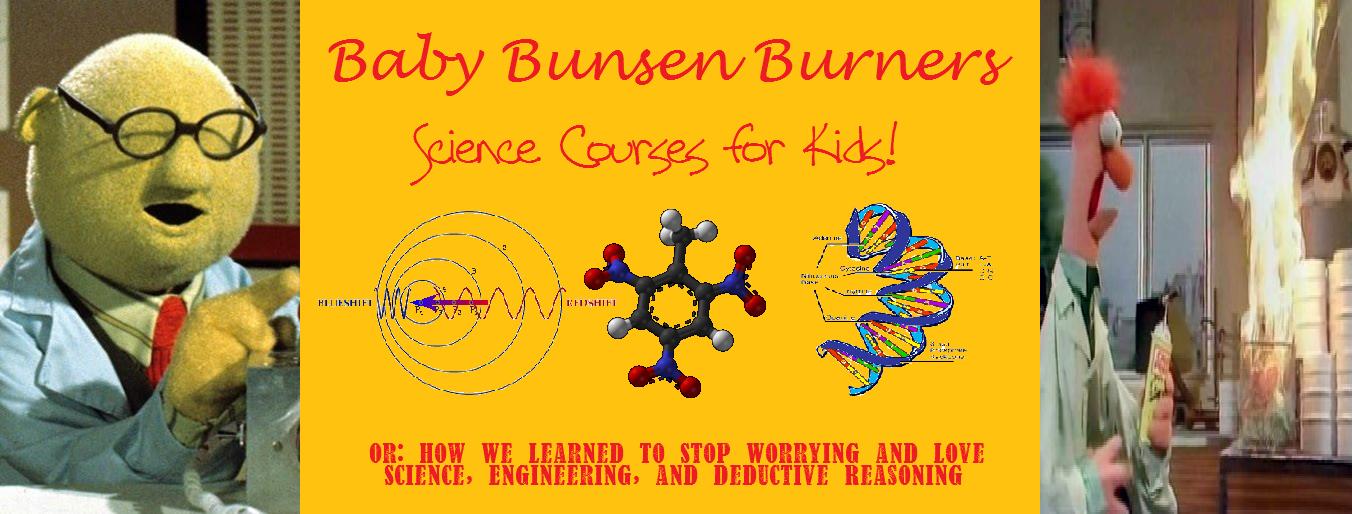Since physics experiments never work as you would like them to, I decided to conduct my own experiment and analysis, in hopes that my findings lined up with what I will be teaching the kids*.
As such, I made 4 airplanes:
1) 8.5" x 11" Reynold's Recycled Aluminum Foil
-----Folded in the traditional airplane design (see pictures)
2) 8.5" x 11" Recycled Copier Paper (maker unknown, contained first page of "Seasons of Love" from the musical Rent).
-----Folded in traditional airplane design (see pictures)
3) 8.5" x 11" Recycled Copier Paper (maker unknown, contained fourth page of "Omigod You Guys" from the musical "Legally Blonde").
-----Folded in Stunt Model design, (see pictures)
4) Two (2) 8.5" x 11" Recycled Copier Paper (maker unknown, contained first page of "Seasons of Love" from the musical Rent and second page of "If We Hold On Together" from "The Land Before Time).
-----Folded in traditional airplane design (see pictures)

The results from the testing period are presented below. All planes were manually thrown from a height of 5'3" in the positive y direction. Initial velocities were not measured. An average wind velocity was measured at 4mph in the positive y direction.
 Fig. 1: Scatter Plot of Flight Distances and Direction for Trial Day 1
Fig. 1: Scatter Plot of Flight Distances and Direction for Trial Day 1 Fig. 2: Absolute Displacement By Plane Type. Standard Deviation Presented In Error Bars.
Fig. 2: Absolute Displacement By Plane Type. Standard Deviation Presented In Error Bars.Discussion:
The biggest surprise was that the aluminum foil was actually the lightest plane material, and therefore flew the farthest (Fig. 1 and 2). To be honest, I had chosen aluminum foil as a metal, with the notion that it's increased mass would show that heavier things won't glide as far. However, what I had failed to take into account was the fact that the foil could be rolled into a much finer and thinner material, reducing it's entire mass, while maintaining the equivalent surface area.
As expected, the less aerodynamic stunt plane (3) flew the shortest. It also exhibited the largest standard deviation, and deviation from center trajectory. Also, the double paper plane (4) flew slightly shorter on average than the single sheet equivalent.
Now what perplexes me is the Ring Plane presented in the first picture. I've seen them made, and decided to make one myself. True to form, they fly very far (not included in analysis, as no way of controlling initial impulse could be kept, since the launch style is different). However, I must admit I don't know why. I believe it has something to do with the lip on the ring, which does something with the boundary layer effect, however, since I have yet to take a Fluid Mechanics class, I'm not quite sure what to do with that. An explanation (one I could perhaps give to little kids) would be appreciated.
Here's to surviving my first day of work.
*not that I came into the experiment with preconceived notions of results, nor did I try to skew the results to fit my hypothesis.




Such studious preparation and such sophisticated charts. Did you make your figures with Excel? Haha, I bet all that pchem lab writing came in handy. How did the first day go?
ReplyDelete